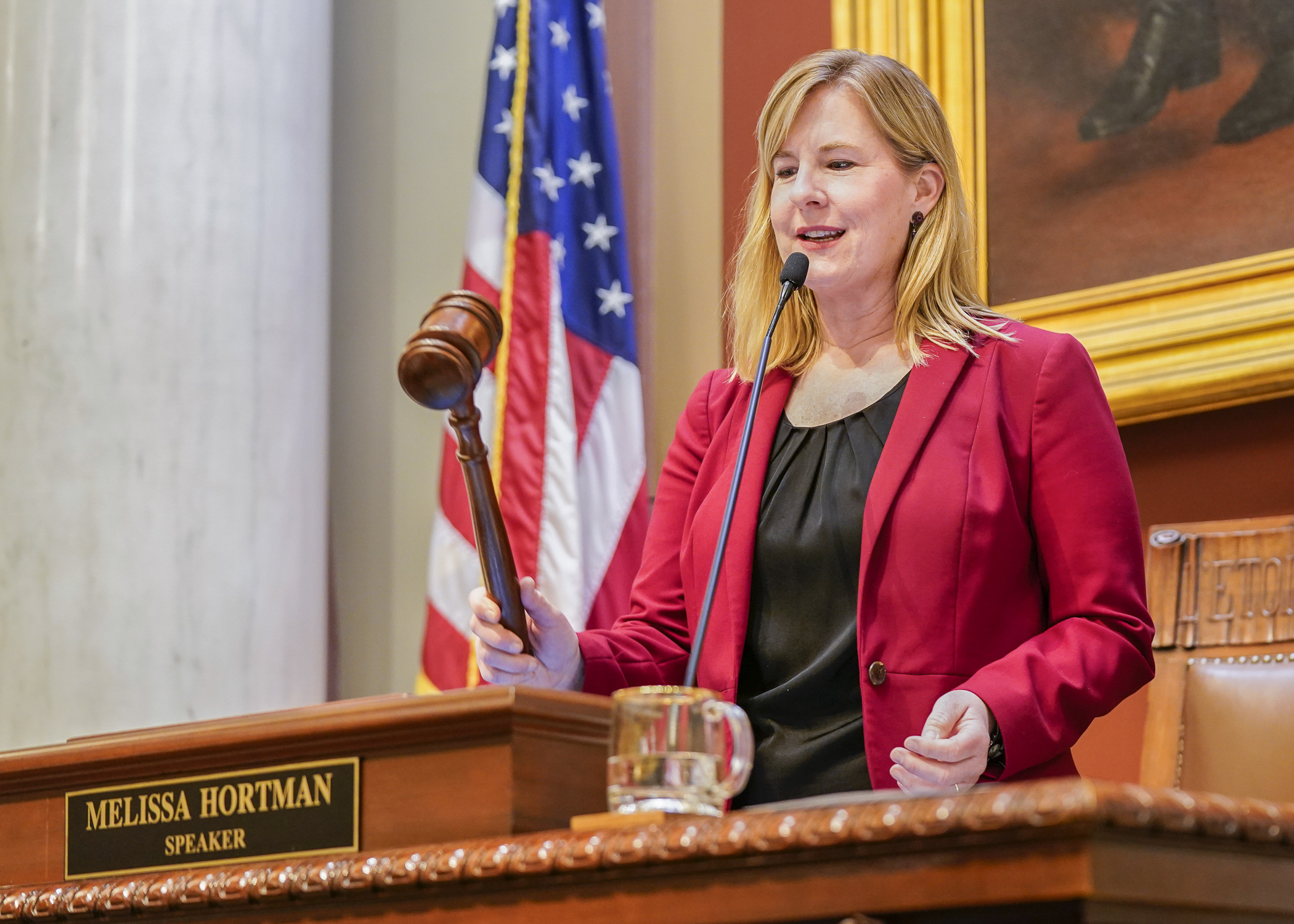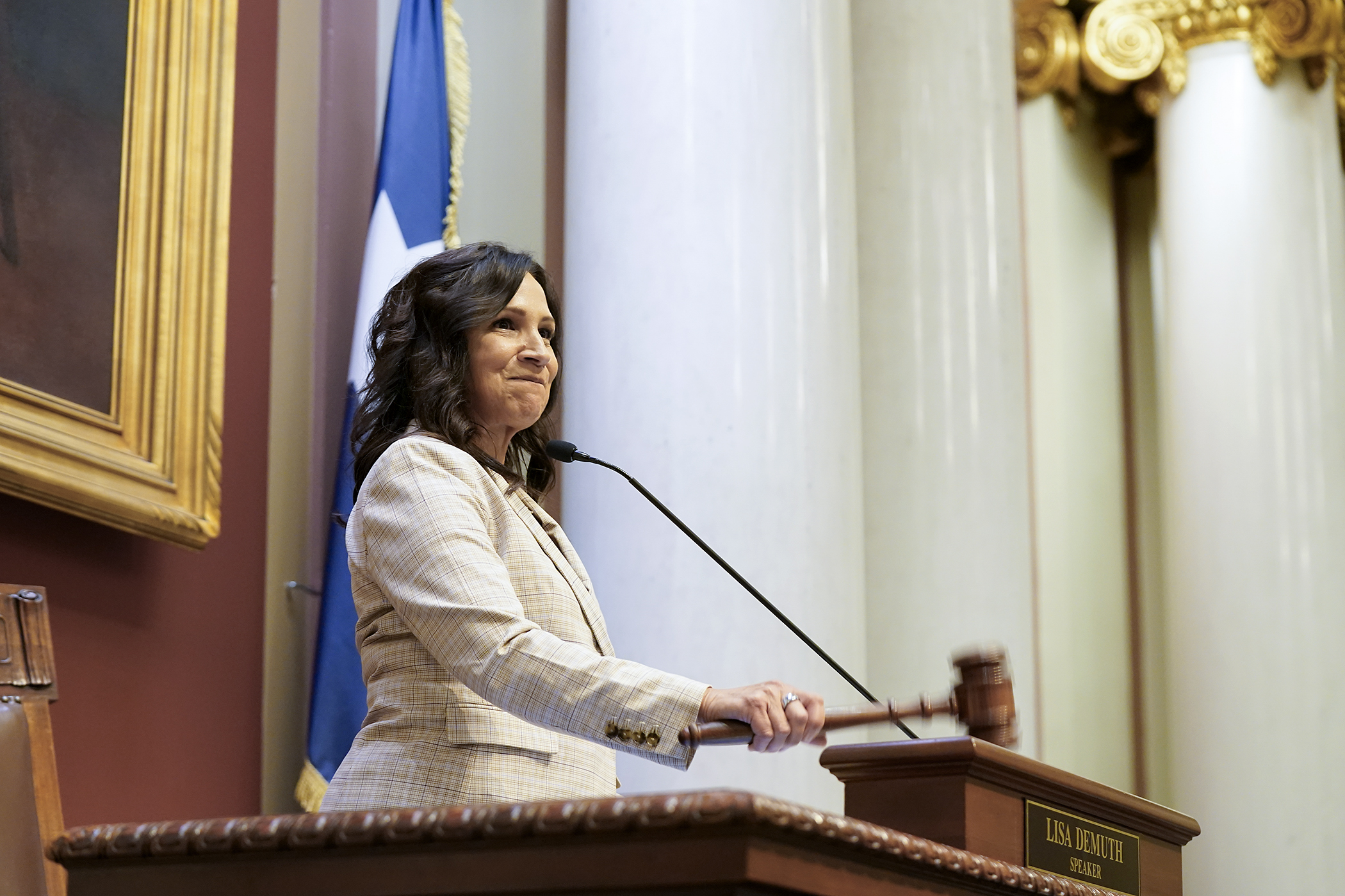More than a dozen urban organizations make combined $136 million funding request
An unprecedented ask, born of enduring unprecedented times, and made during a year of unprecedented resources.
That is how Joe Hobot, president and CEO of American Indian OIC, characterized 16 organizations joining into the Urban Indigenous Legacy Initiative to make a single $136.4 million funding request.
“We’ve come together in mutual support aligned in a mutual effort on behalf of the entire community,” Hobot said.
Heard on an informational basis by the House Capital Investment Committee Monday, HF2207 would support 12 projects proposed by the organizations. Rep. Hodan Hassan (DFL-Mpls) is the sponsor.
The onetime funding would come from the General Fund.
Marisa Miakonda Cummings, president and CEO of the Minnesota Indian Women’s Resource Center, said the organizations address community needs in culturally specific ways. But they need safe and functioning buildings to do their work. Organizations included in the initiative operate in buildings constructed during President Franklin D. Roosevelt’s administration.
Members of the initiative believe the build out would double access to mental health services, offer 2,000 more people food support, and triple farm production work.
Among the funding would be:
- $37 million to construct and equip Oyate Ota Center in St. Paul, which would offer child care, provide vocational training and act as a food shelf;
- $34.5 million for American Indian Opportunities Industrialization Center to build a 59,000-square-foot facility in Minneapolis that would offer educational opportunities and job training;
- $6.5 million for acquisition and design of a culturally specific opioid treatment center;
- $5 million for safety and ADA improvements at the Little Earth Housing complex in Minneapolis;
- $5 million to Dream of Wild Health to create a 20-acre farm site and an education center focusing on regenerative farming;
- $4 million to construct and equip a 12,614-square-foot Mikwanedun Audisookon Center for Art and Wellness in the Phillips neighborhood of Minneapolis;
- $3.8 million to design and construct the Little Earth Innovation Hub, which would include a greenhouse, aquaponics facility and commercial kitchen; and
- $2.5 million for exhibit space and reception area Wakan Tipi Center in St. Paul.
“We’ve done so much with so little for so long, but it doesn’t have to be that way,” Cummings said. “You have the opportunity to make monumental change.”
Related Articles
Search Session Daily
Advanced Search OptionsPriority Dailies
Speaker Emerita Melissa Hortman, husband killed in attack
By HPIS Staff House Speaker Emerita Melissa Hortman (DFL-Brooklyn Park) and her husband, Mark, were fatally shot in their home early Saturday morning.
Gov. Tim Walz announced the news dur...
House Speaker Emerita Melissa Hortman (DFL-Brooklyn Park) and her husband, Mark, were fatally shot in their home early Saturday morning.
Gov. Tim Walz announced the news dur...
Lawmakers deliver budget bills to governor's desk in one-day special session
By Mike Cook About that talk of needing all 21 hours left in a legislative day to complete a special session?
House members were more than up to the challenge Monday. Beginning at 10 a.m...
About that talk of needing all 21 hours left in a legislative day to complete a special session?
House members were more than up to the challenge Monday. Beginning at 10 a.m...